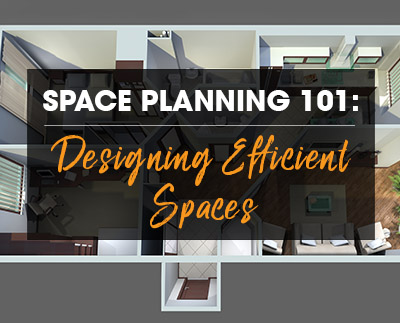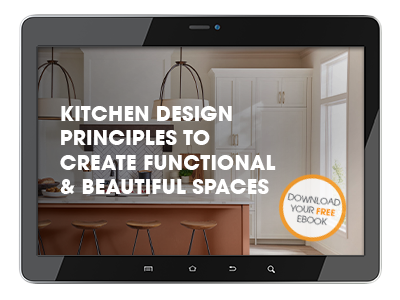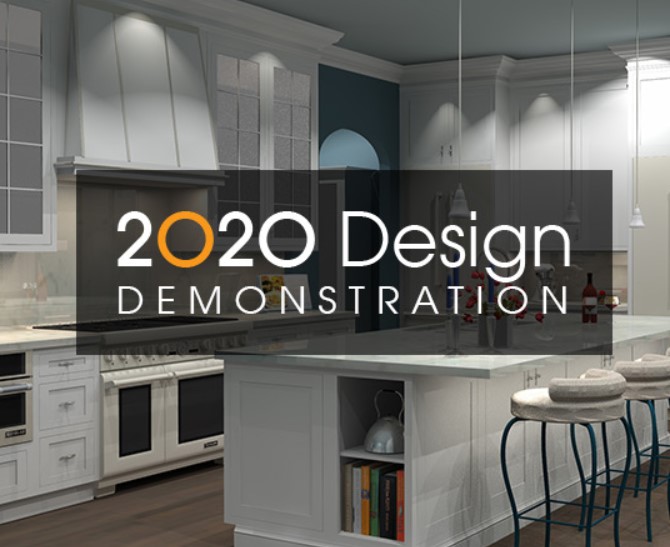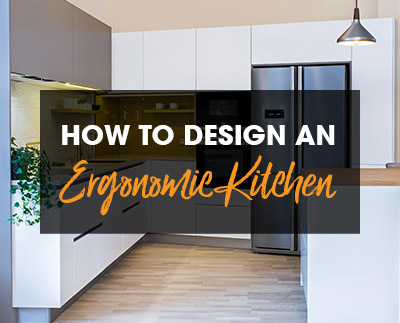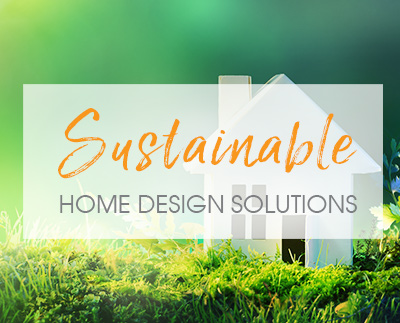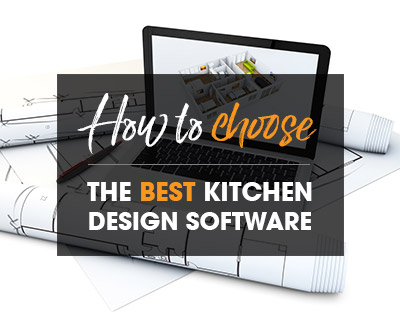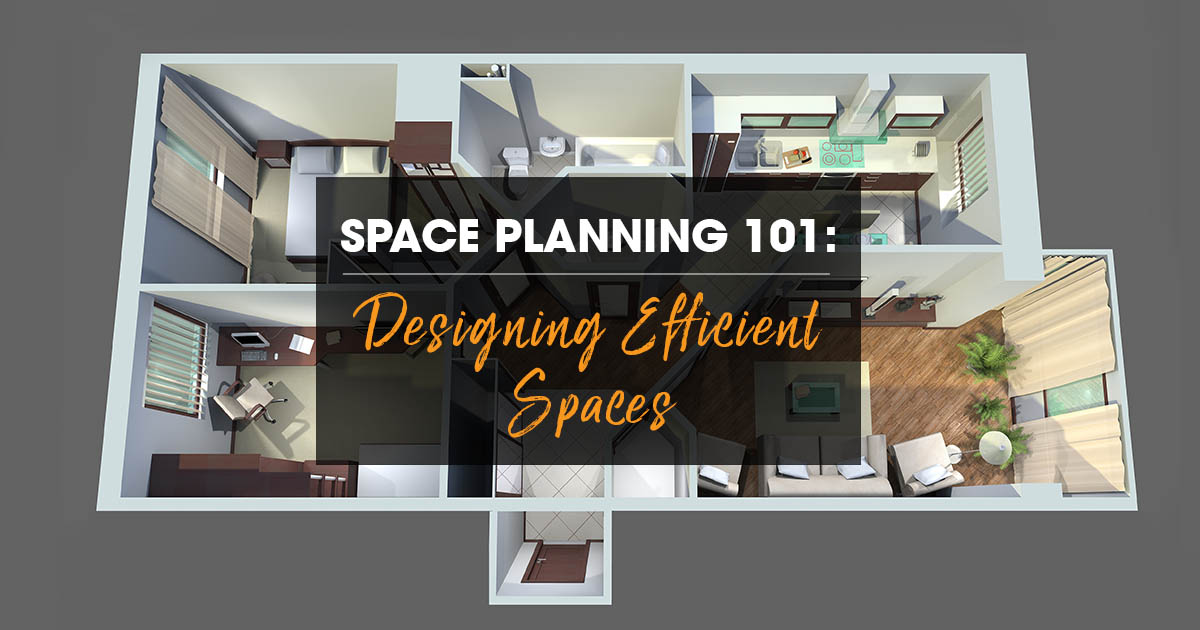
Space planning is an essential step in the interior design process. Without proper space planning, you risk creating a design that is not optimal and that doesn’t work well for your client.
The key to a successful design job starts with determining the purpose of the space being designed. As a professional, it is your job to ask all the right questions and gather all the necessary information to plan out a functional space that suits your client’s needs.
Your in-depth analysis together with basic design principles will help you create a well-balanced, easily navigable and beautiful space.
Here are effective space planning tips to help you design more efficient spaces.
Space planning 101: Designing efficient spaces
Determining purpose and defining zones
First things first: Even before you start designing, you’ll have to define zones depending on the purpose of the space.
Ask your client what the area will primarily be used for. For example, if you are designing a kitchen, ask your clients how often they cook, how many people cook, if they normally cook together, if they have kids, if they prefer eating at the kitchen island or if they would rather have a dedicated dining area, what kind of storage they need, what appliances they need, etc.
Asking these types of questions will help you determine the main purpose of the room, making it easier for you to define specific zones.
Allowing easy circulation
Easy circulation is—or should be—a priority in a home, and it is a major component of space planning.
A room cannot be considered functional if navigating it is a hassle. You need to make sure there aren’t any obstacles obstructing passageways and that the distance between structures is comfortable enough to walk through or work around.
For example, when designing a kitchen, there are certain measurement guidelines you need to follow in order to provide a seamless experience. The distance between counters, appliances, and the sink all have to be measured out prior to executing your design for optimal results.
Download our Kitchen Design Principles eBook.
Maximizing lighting
Another aspect of proper space planning is maximizing the amount of light in the room. You can do this by adding or replacing windows, or simply by making sure there is sufficient artificial lighting in the space.
If you will be adding windows, make sure they’re facing the right direction to let in as much sunlight as possible (unless the client prefers indirect sunlight). If you are adding artificial lighting, try layering it to achieve the desired level of brightness.
Depending on the room you’re designing and the client’s needs, you can opt for ambient lighting, overhead lighting, task lighting, or all of the above. Dimmers come in handy so your client can adjust the brightness as needed.
Placing outlets and switches
When it comes to outlets and switches, strategic placement is key.
When you’re creating your design, you need to think about how many appliances, lights, and other devices will potentially be plugged in. Asking your client what they use the space for will help you determine the number of outlets and switches necessary in your design.
If you’re designing a living room and your client wants their TV mounted to the wall, you can draw out your plan and place the power and cable outlets halfway up the wall. That way your client won’t have to worry about drilling a hole in the wall to fish out the electrical wires later on.
Considering accessibility
If your client is differently-abled or has made the decision to age in place, you will have to plan ahead to offer them as much freedom and convenience in their home as possible.
If you’re designing a kitchen or bathroom for a differently-abled client, you need to consider things like adjusting the height of the kitchen sink, installing pull-out trays for the pantry and cabinets, front-mounted controls for cooktops, adjusting the height of the toilet, installing grab bars in the shower, and more.
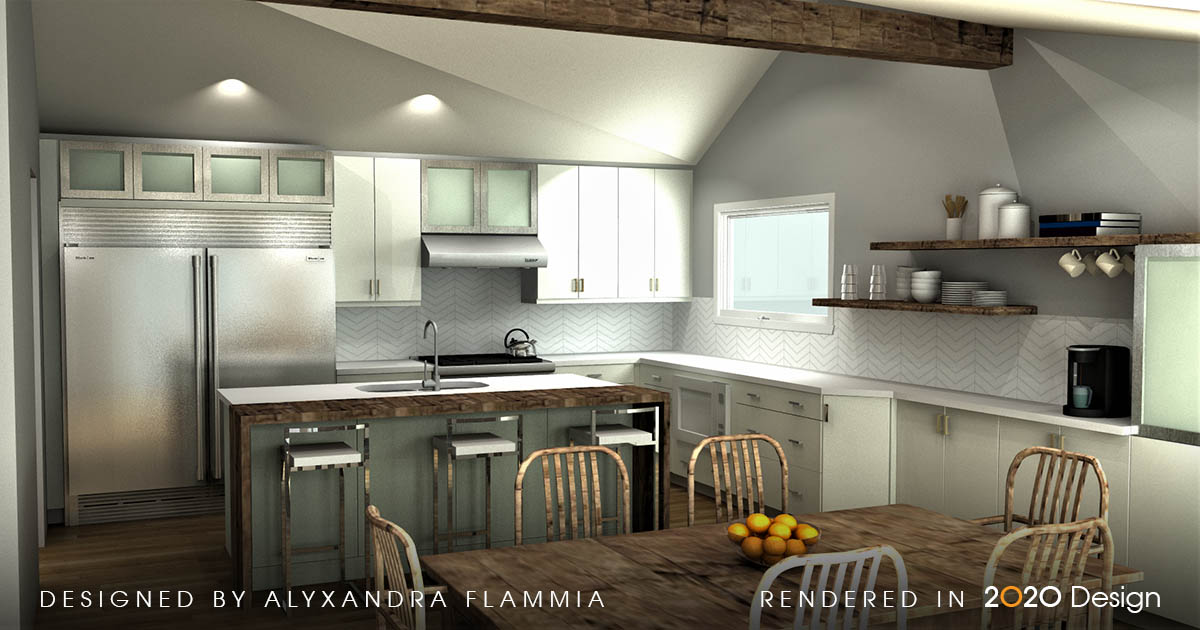
Using space planning software
The easiest and most accurate way to create a design for a project is to use space planning software.
Advanced space planning solutions allow you to draw detailed floor plans, including electrical plans. You can also view your designs in 3D and show them to your clients prior to moving forward with the project so they can better visualize their space and let you know if they want to make any changes.
Want to explore more?
Quick Tour
Learn how 2020 Design software for kitchen and bathroom designers can help you WOW your customers & drive sales.
Related Posts
Share this Post

